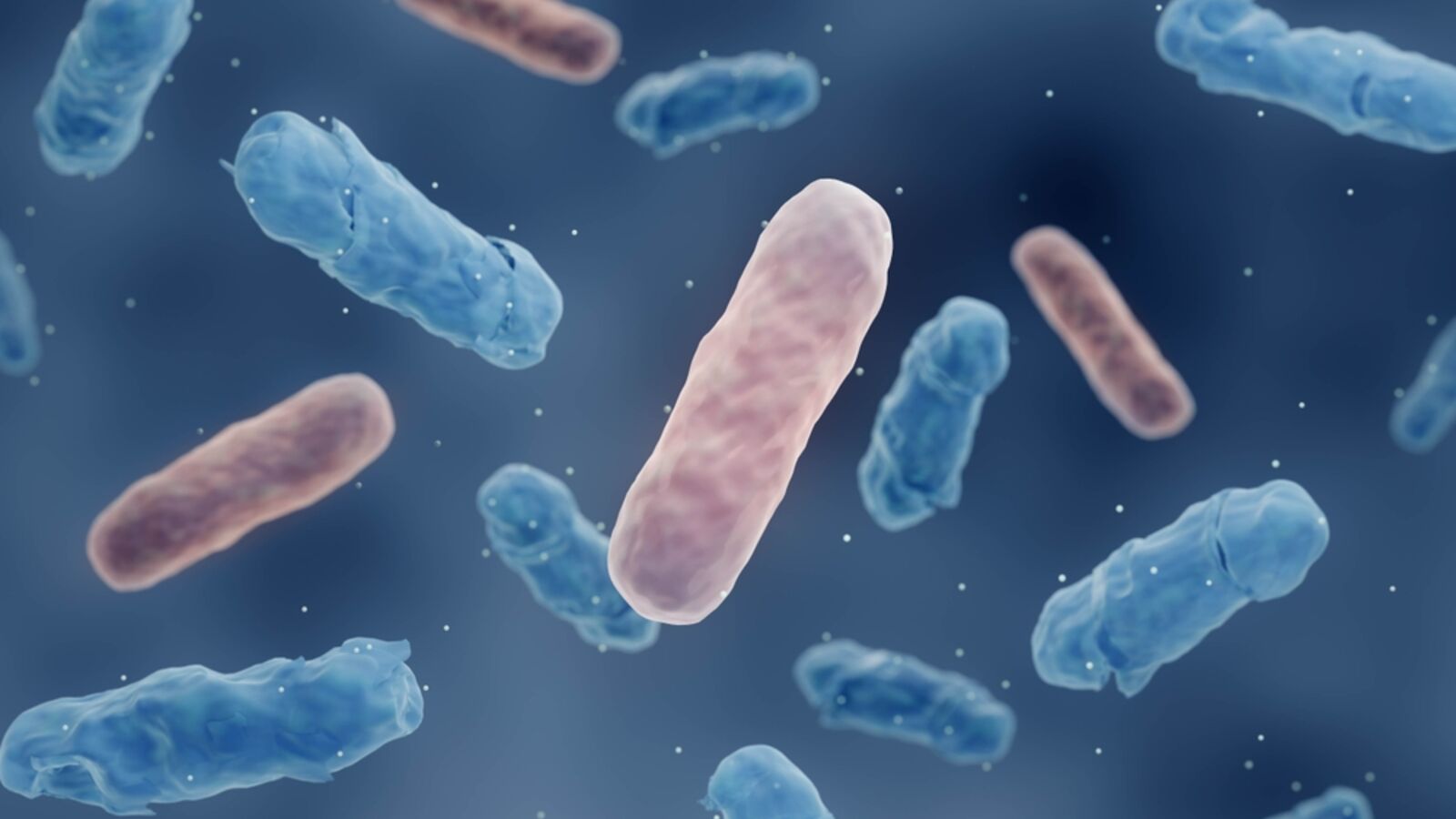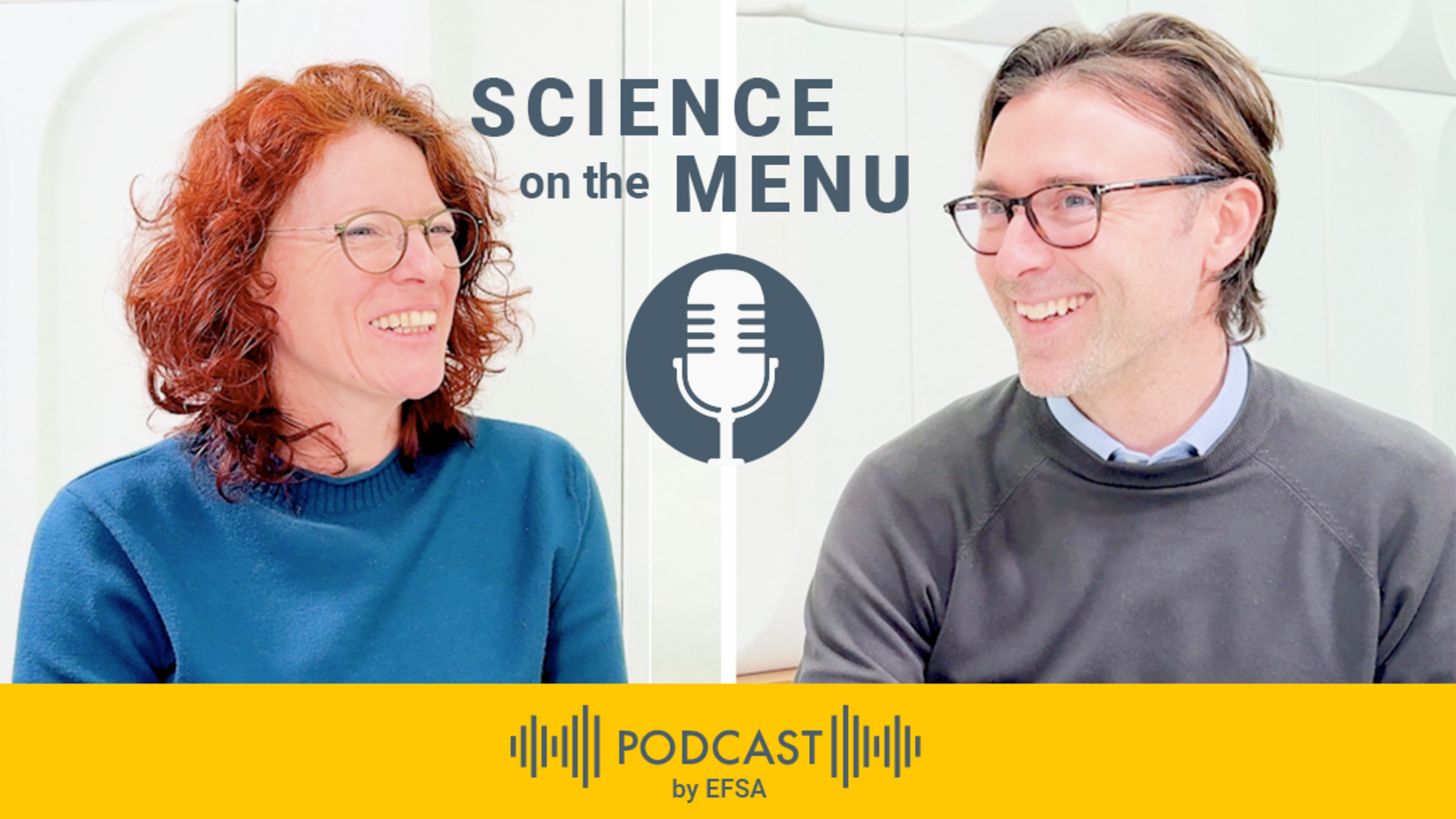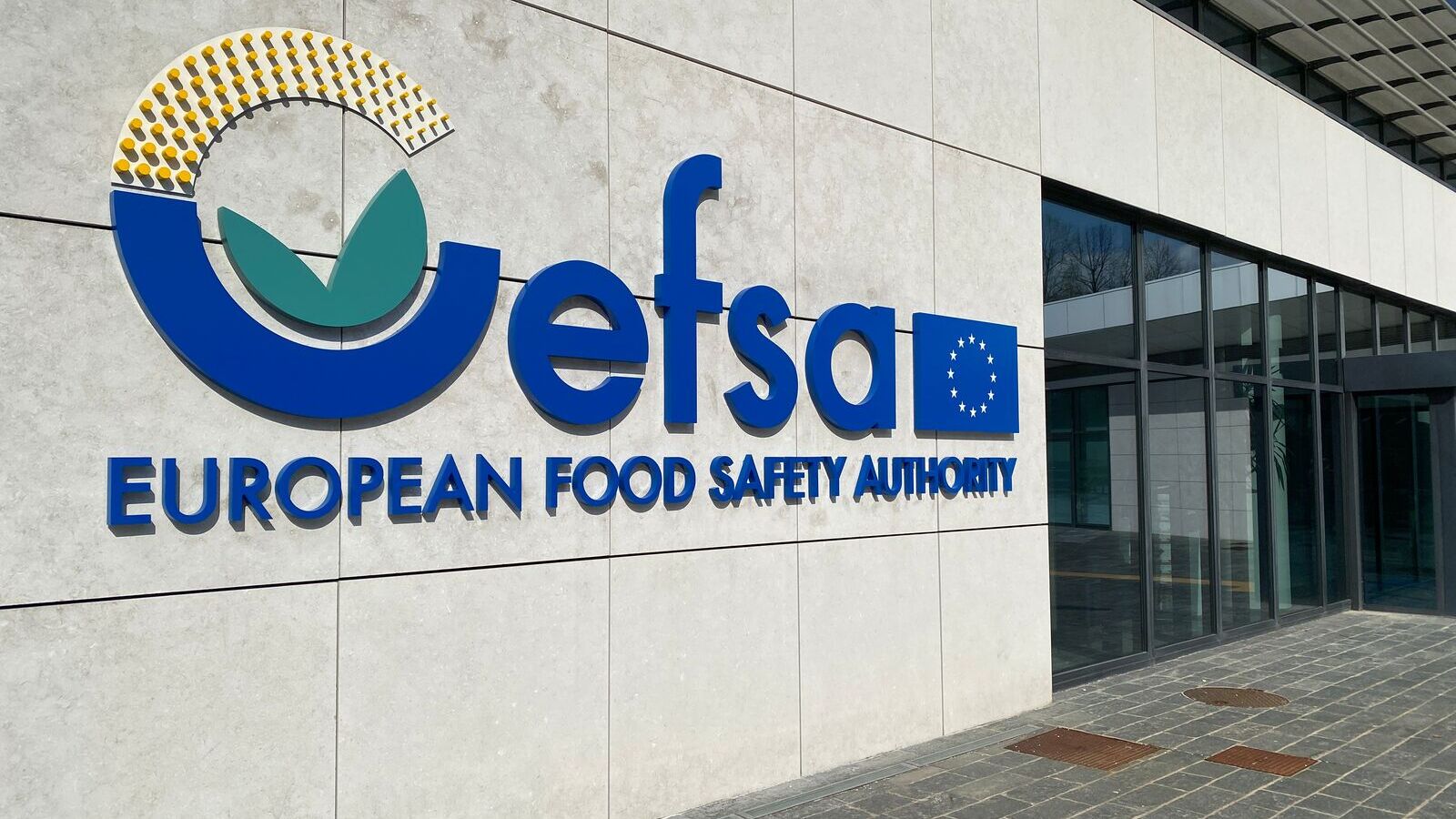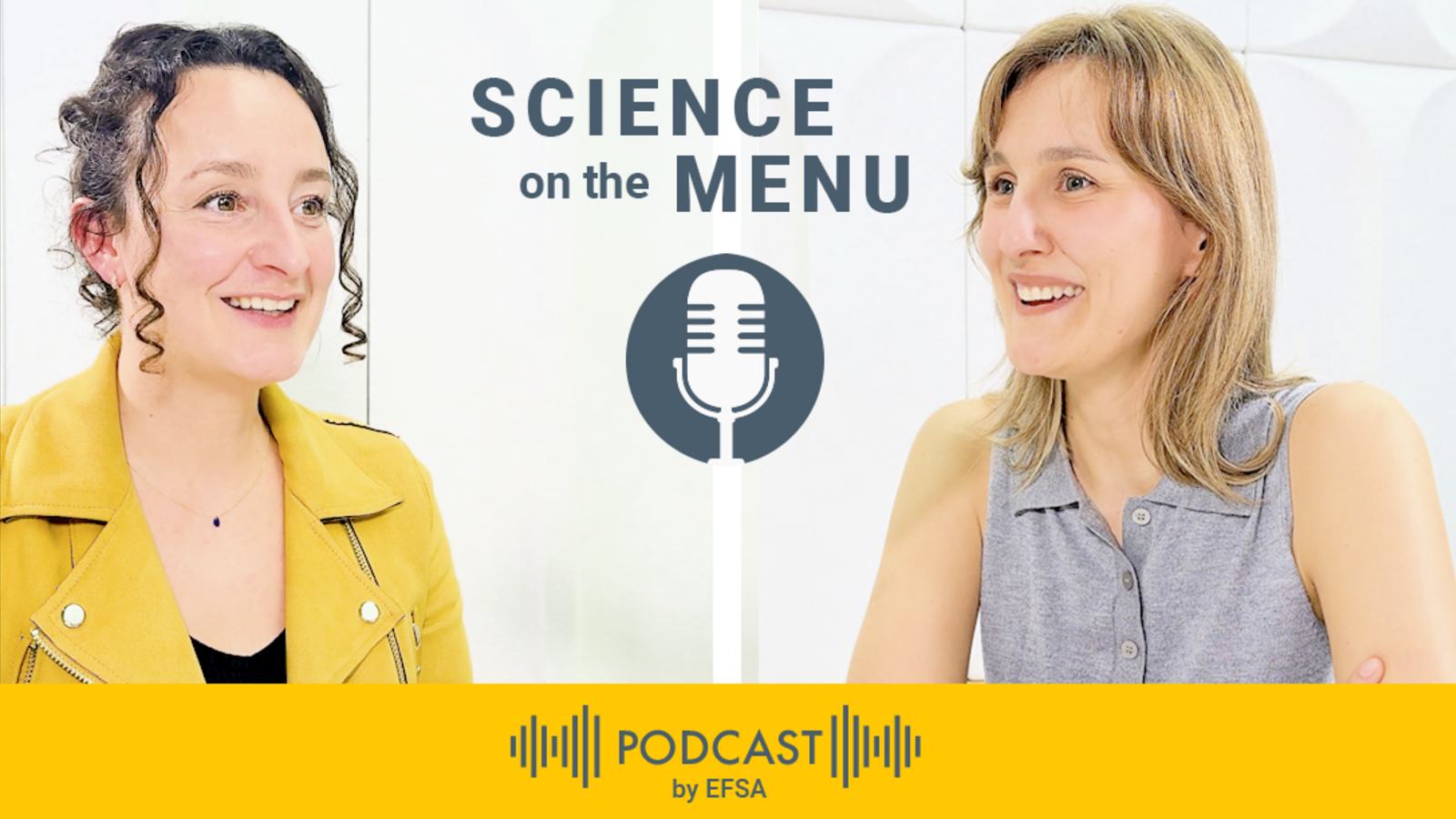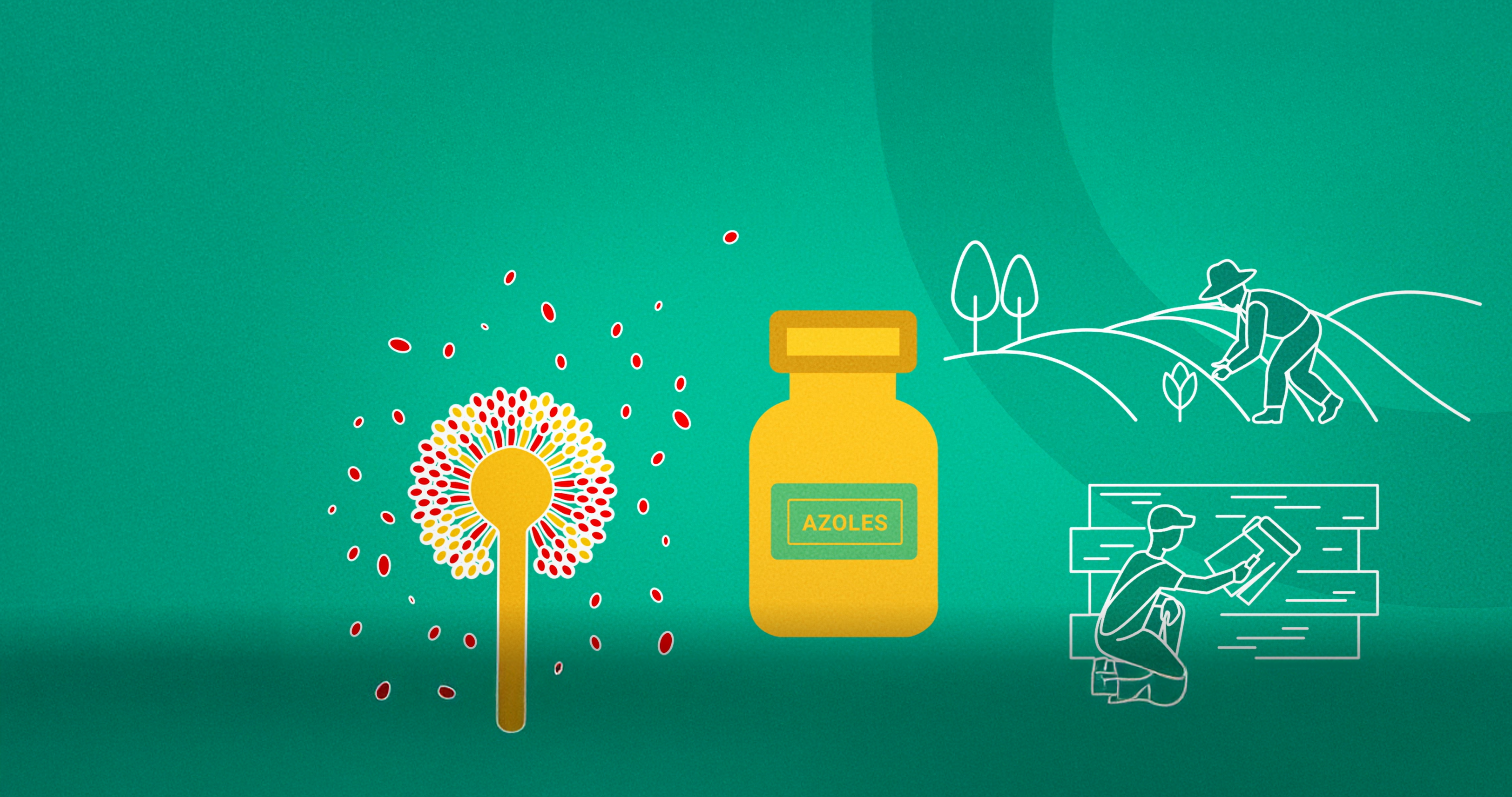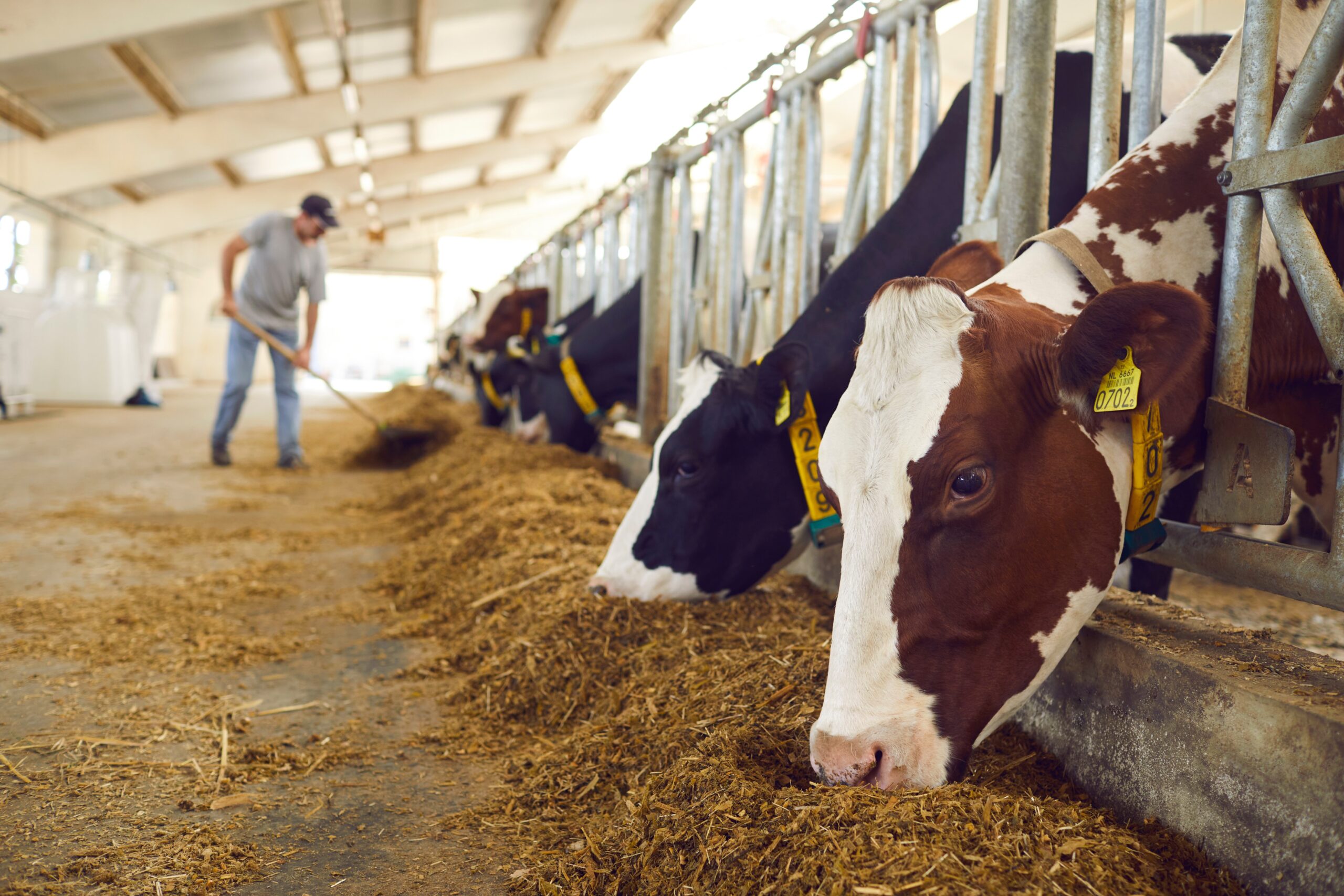Resistencia a carbapenem en la cadena alimentaria
Principales conclusionesSe han detectado EPC en la cadena alimentaria en 14 de los 30 países de la UE/AELC desde 2011.Las EPC notificadas con mayor frecuencia son E. coli, Enterobacter, Klebsiella y Salmonella, originarias principalmente de animales terrestres productores de alimentos (cerdos, bovinos y, en menor medida, aves de corral, que son las especies Subdivisión del género, la especie es un grupo de organismos estrechamente relacionados y de apariencia similar; en el caso del Homo sapiens (el ser humano), la segunda parte del nombre (sapiens) representa a la especie animales sometidas a un seguimiento rutinario de la resistencia a los antimicrobianos La capacidad de los microbios de crecer en presencia de sustancias diseñadas específicamente para destruirlos; por ejemplo, ciertas infecciones en los seres humanos son actualmente resistentes a los antibióticos, lo que suscita preocupaciones sobre su uso generalizado en la UE).El número de casos notificados de EPC ha ido en aumento, en particular en cerdos, bovinos y aves de corral, con aumentos significativos en 2021 y 2023 en varios Estados miembros.Diez de los 30 países de la UE/AELC han establecido planes de contingencia para el control y la investigación de estas bacterias.Recomendaciones principalesPara prevenir o reducir al mínimo la aparición y propagación de la EPC, la EFSA recomienda:Ampliar las actividades de seguimiento a otras fuentes alimentarias que actualmente no son objeto de seguimiento (como los productos del mar y las hortalizas), así como a otras especies bacterianas (como Klebsiella);Mejora de los métodos de detección, realización de investigaciones de rastreo y tipificación molecular Forma de identificar cepas específicas de organismos analizando su material genético. Suele utilizarse para caracterizar bacterias o virus bacteriana para aclarar las vías de transmisión, incluida la posible propagación a través de los trabajadores y los piensos;Centrar la investigación en el diseño de estudios específicos para comprender mejor cómo se propagan estas bacterias en la cadena alimentaria.Siguientes fasesLa EFSA ayudará a los Estados miembros y a los países de la AELC a seguir investigando y a generar nuevos datos sobre la aparición y propagación de EPC, teniendo en cuenta la variabilidad Variaciones naturales observadas entre los miembros de una población, u observadas a lo largo del tiempo o en distintos lugares geográficos; por ejemplo, variaciones individuales en la susceptibilidad a una sustancia tóxica particular de los genes presentes en distintos países y especies animales. En 2027 se publicará un dictamen actualizado en el que se reflejarán las últimas conclusiones.La labor en curso de la EFSA para abordar la resistencia a los antimicrobianos refleja su compromiso con la protección de la salud pública en un entorno científico en rápida evolución. El enfoque «Una sola salud» coordinado, que integra la salud humana, animal y medioambiental, es esencial para controlar y mitigar eficazmente la propagación de bacterias productoras de carbapenemasa en la cadena alimentaria.
